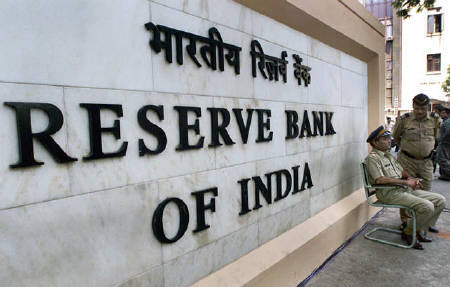China being cautious over US Debt, reducing positions: Data
China sold U.S. Treasury securities in March, reducing its holdings for the fifth straight month while remaining the largest foreign holder, the Treasury Department said Monday.
Cautious trade alert on Smokefree Innotec ( PINK : SFIO): Fresh buy might be avoided
After our breakout alert on Smokefree Innotec ( PINK:SFIO...
Read moreOrthoVita Inc ( NASDAQ:VITA ) jumped 40 % after takeover news !!
Stock of the company Orthovita inc ( NASDAQ:VITA ) jumped 40 % in the morning
Strong Move Alert: Top Image Systems ( NASDAQ: TISA ) up 28 % in morning trade, as company announced mobile banking platform !
Top Image Systems ( NASDAQ: TISA ), company stock has jumped more than 28 %
Glenmark Pharma Gets Licensing Deal Boost
Glenmark Pharmaceuticals Ltd. stock got a booster Monday after the company said it has agreed to license out development and commercialization rights of a biologic treatment to...
Read moreSteel Authority of India ( SAIL ) to Launch Share Sale on June 14
State-run Steel Authority of India plans to launch the first of its two-phase follow-on share sale June 14, Chairman C.S. Verma said Monday.
Many young Chinese billionaires built fortune from scratch: Report
Most of the young billionaires in China have built their fortune from nearly nothing, said a media report.
Group of Ministers on Cairn-Vedanta deal to meet on May 27 after deadline for closing deal expires !
A ministerial panel is likely to meet on May 27 to consider Cairn Energy Plc's sale of a majority stake in its Indian unit to Vedanta Resources...
Read moreBanks, their holding companies may have to get listed: RBI
Both banks and their holding companies may have to get listed under the rules being considered to introduce a holding company structure for banks. The Reserve Bank...
Read more







